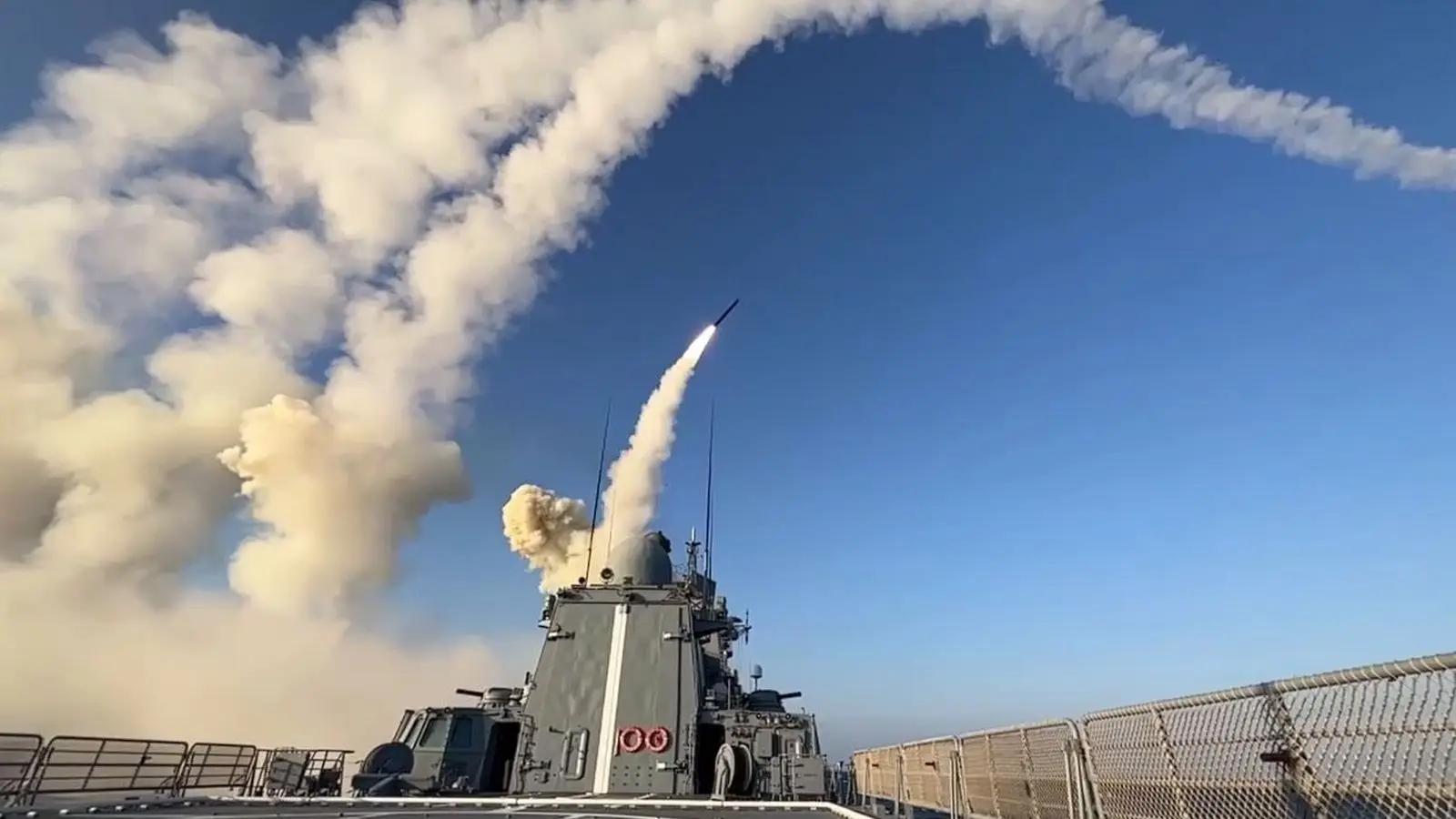Zircon Hypersonic Missile Trial Sends Signal to NATO


During the Zapad-2025 drills, Russia tested the Zircon hypersonic missile. Experts highlight its speed, underwater launch capability, and difficulty of interception.
During the joint Russian-Belarusian military exercise Zapad-2025, Moscow carried out a test of the Zircon hypersonic missile. Specialists noted that the weapon is capable of covering vast distances in just minutes, with virtually no systems available today that can intercept it.
Military analyst Yuri Knutov explained that the Zircon’s danger lies in the combination of extreme velocity and the ability to launch from beneath the surface. This dual capability makes it an exceptionally difficult target.
He contrasted the missile with Russia’s Kinzhal, describing it as an air-launched version of the Iskander tactical complex. Zircon, by contrast, is designed for deployment from ships and submarines. According to Knutov, its speed reaches around Mach 10, with an operational range of roughly 2,000 kilometers. The sheer velocity leaves adversaries with almost no chance of interception.
Another critical distinction, Knutov pointed out, is visibility. Kinzhal launches are easily tracked by satellites, giving opponents a window to raise the alarm or take defensive steps. Zircon launches, however, can originate from vessels or submarines, making the firing moment invisible to monitoring systems. The combination of underwater strike capability, extreme speed, and minimal flight time, he argued, denies adversaries the ability to react in time.
The British newspaper The Sun previously noted that Zircon could reach London in just five minutes, with other European capitals equally within range.